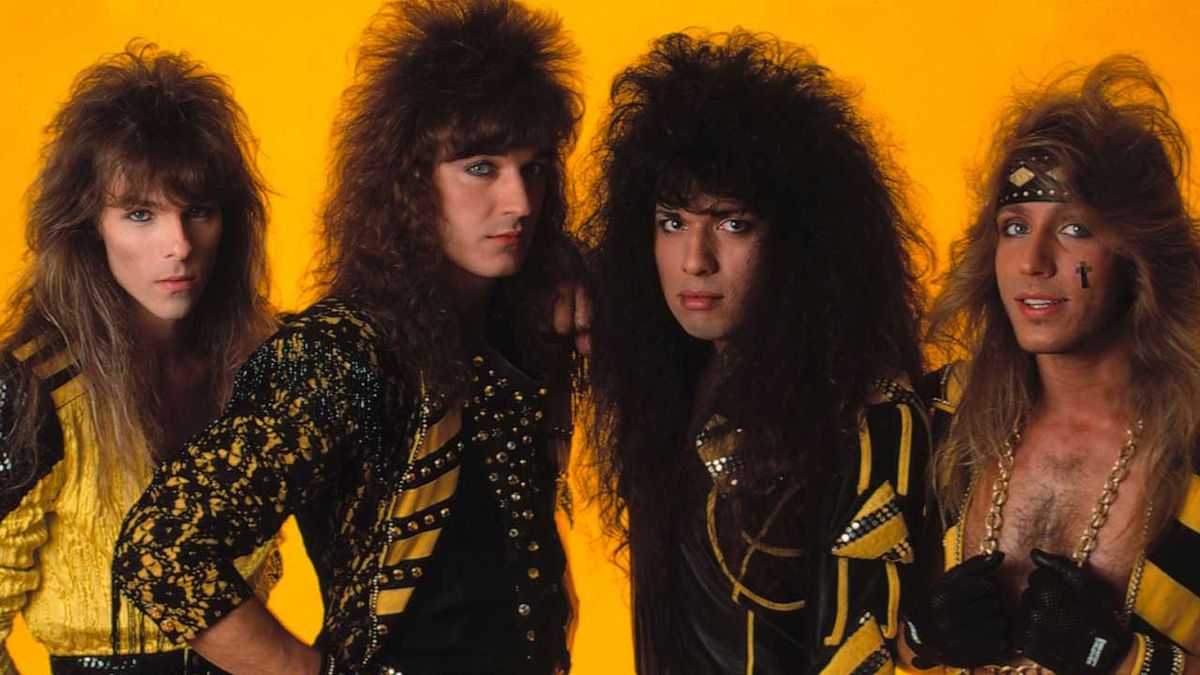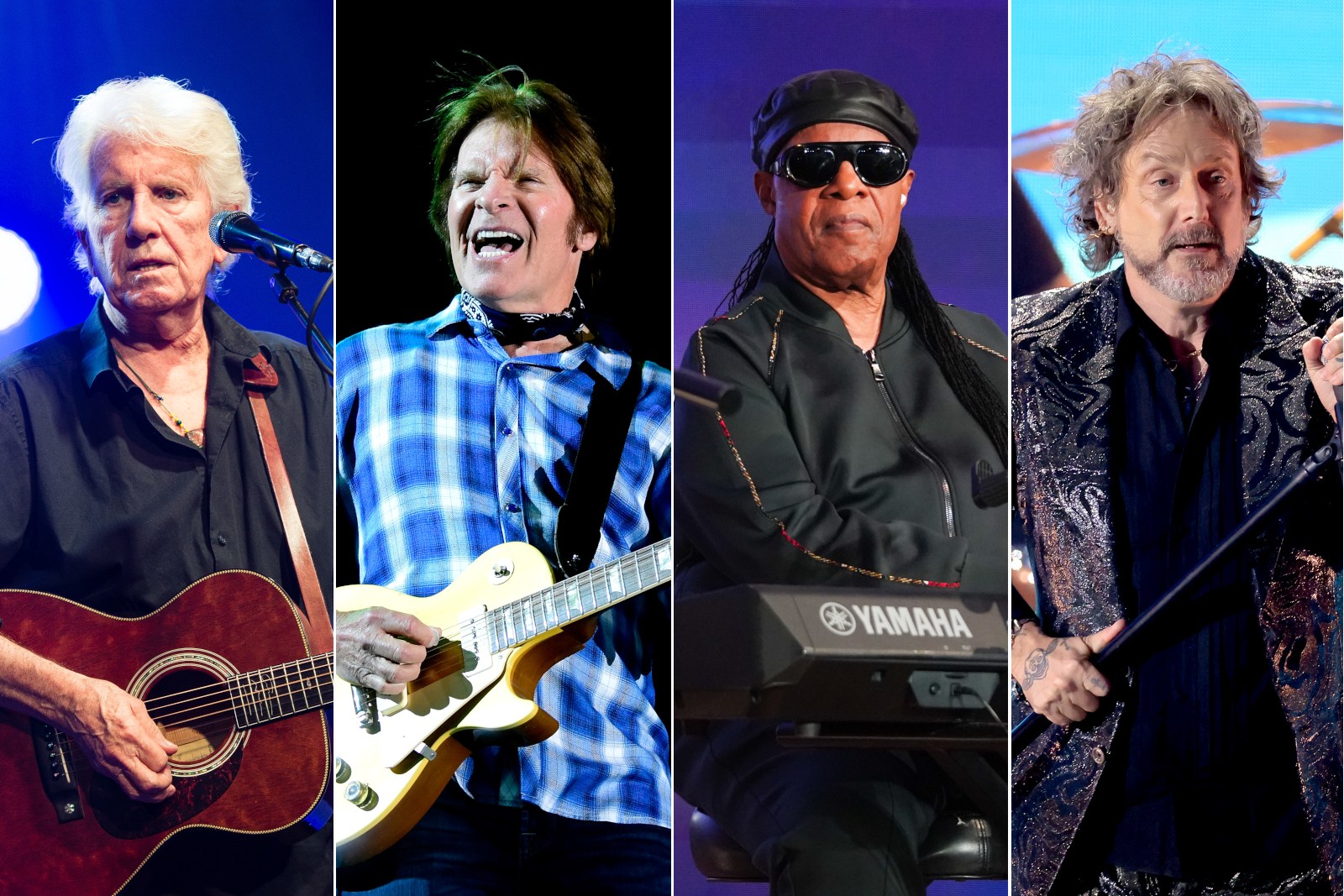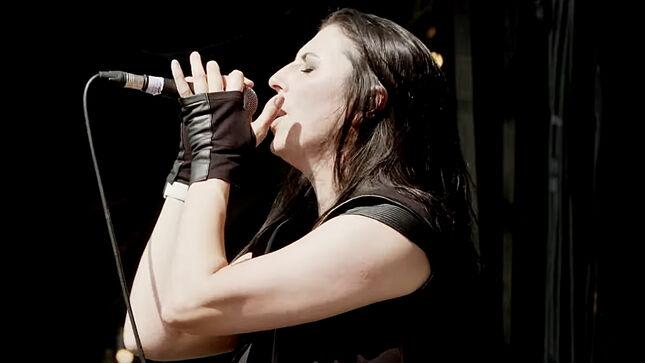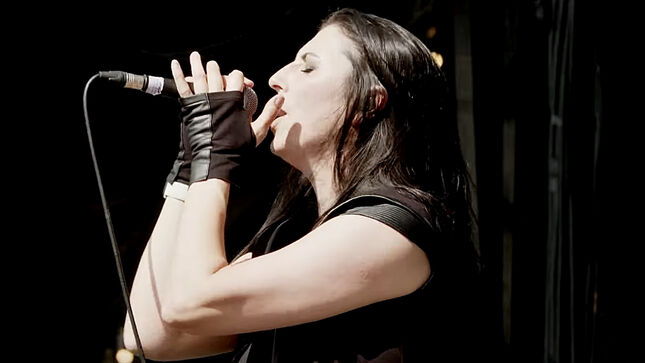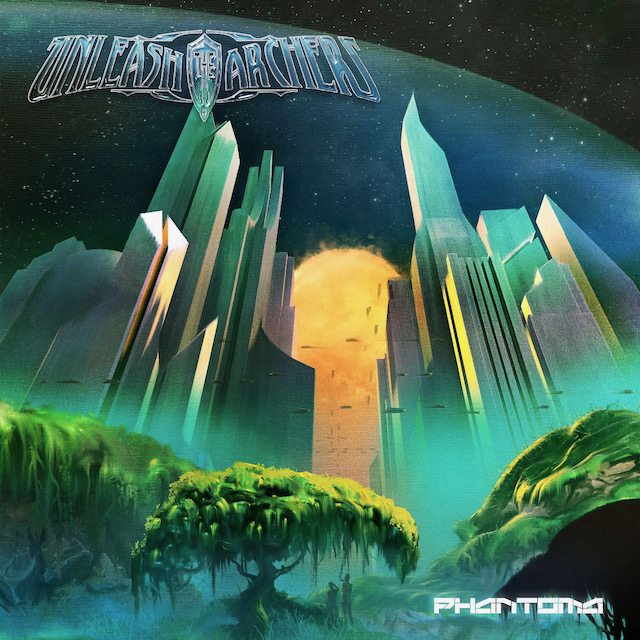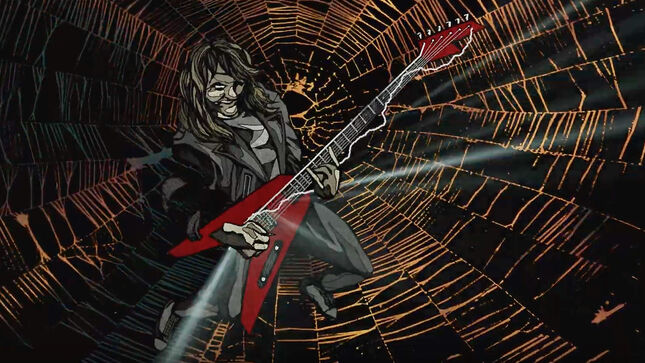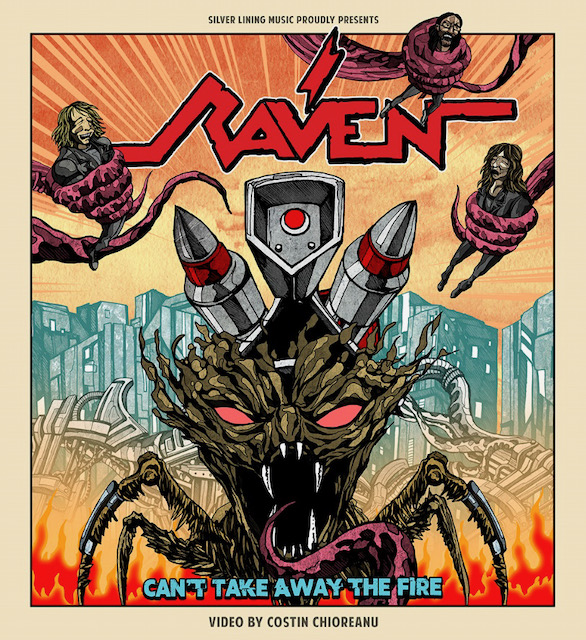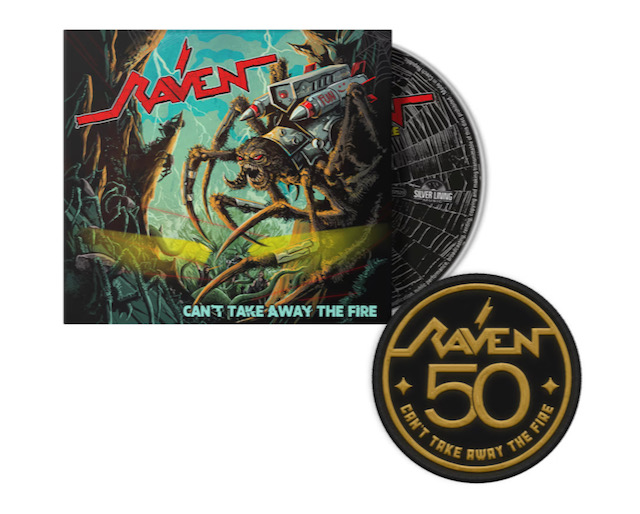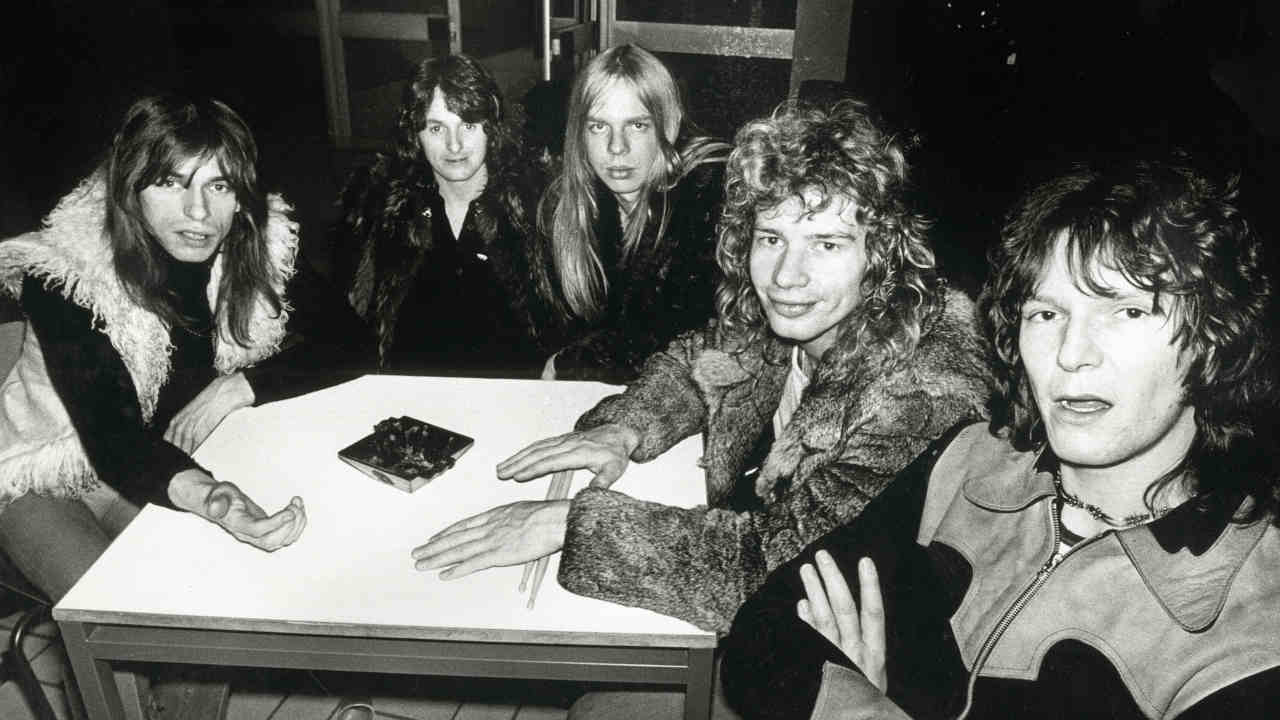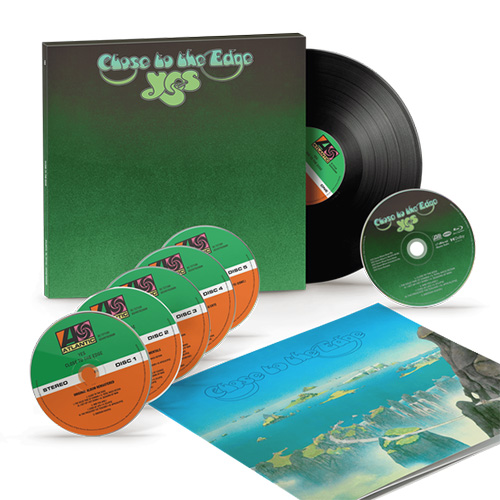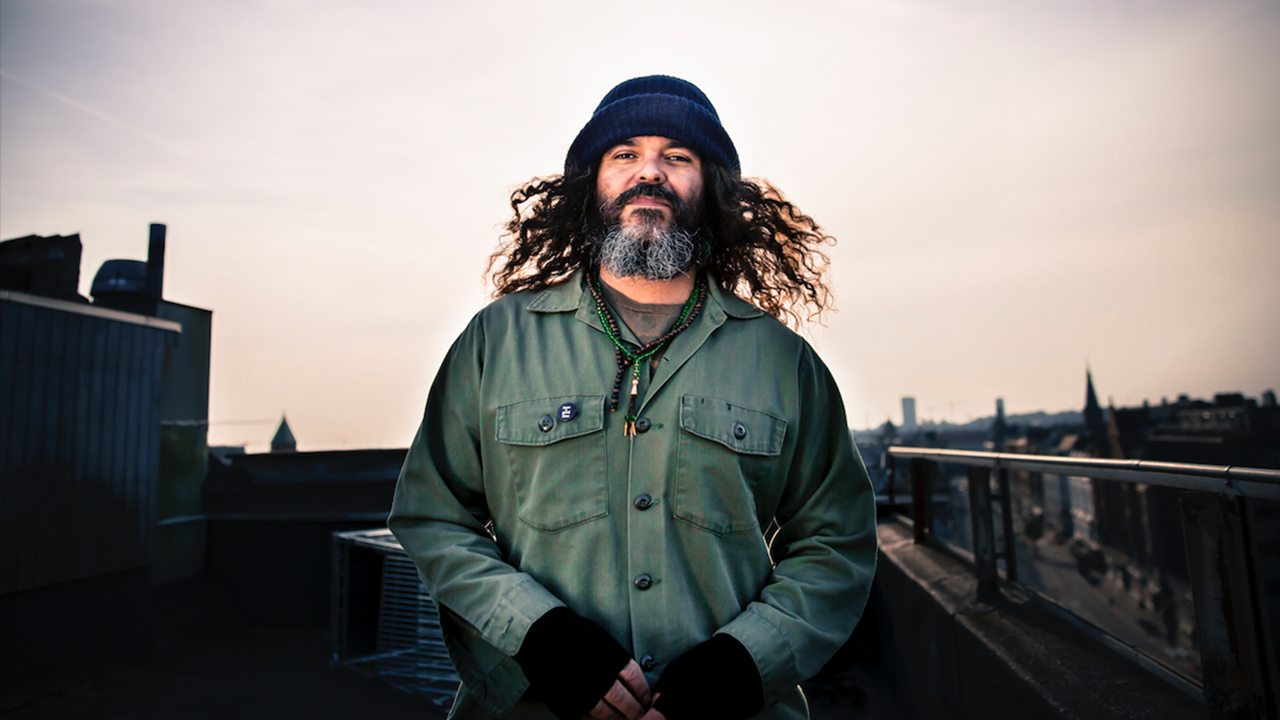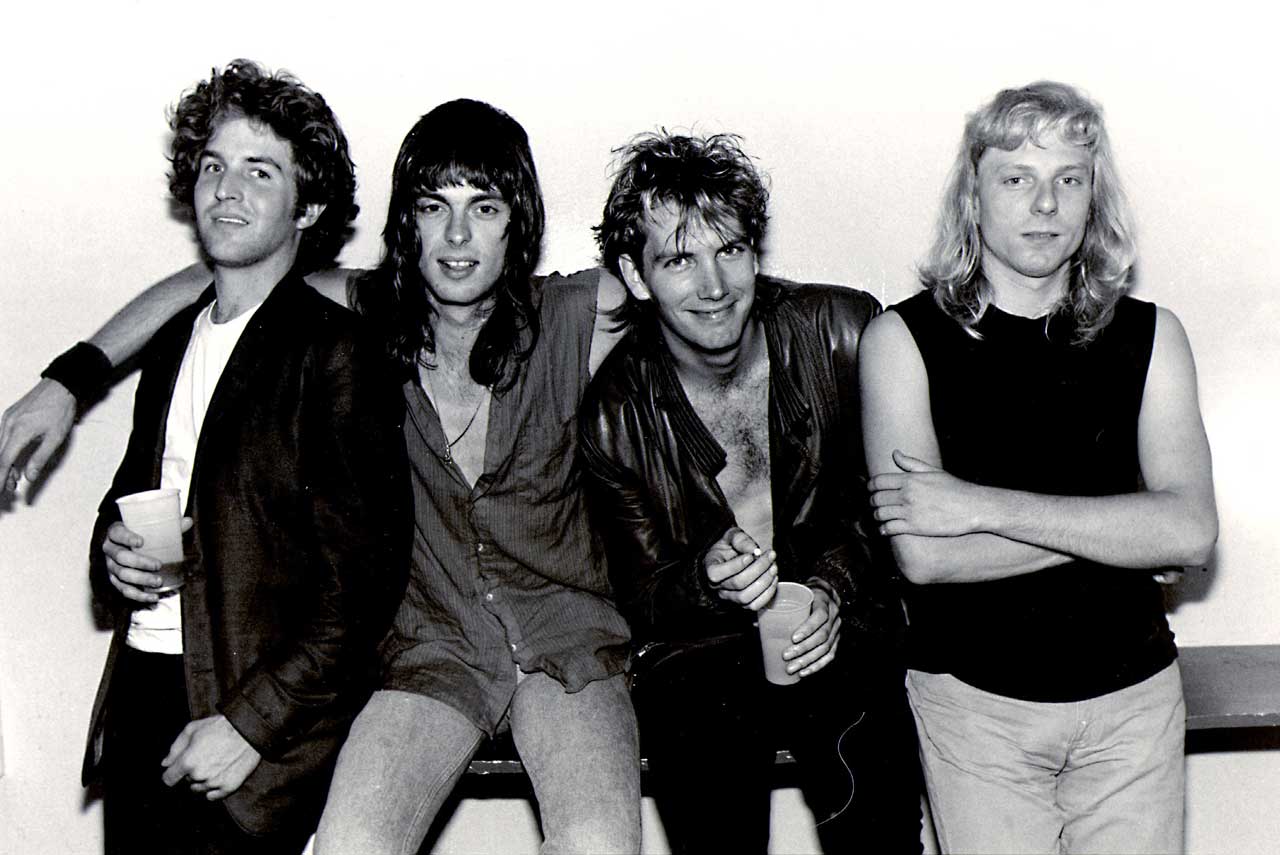
Feature Photo: Joost Evers / Anefo, CC BY-SA 3.0 NL , via Wikimedia Commons
The word “want” carries a sense of longing, ambition, and vulnerability, making it a compelling centerpiece for songwriting. From timeless classics to genre-defining hits, these songs showcase how the idea of wanting can take on many forms—romantic yearning, introspective questioning, or even societal commentary. Here are ten of the best songs with the word “want” in their titles, each offering its unique perspective on human desire.
The Byrds brought sharp social commentary to life with “So You Want to Be a Rock ‘N’ Roll Star,” weaving a biting critique of fame into jangly guitars and bold brass arrangements that became a hallmark of their sound. Billy J. Kramer infused “Do You Want to Know a Secret” with a tender innocence, channeling the Lennon-McCartney composition into a heartfelt performance that captured the essence of 1960s pop. Honey Cone delivered a funky, empowering anthem in “Want Ads,” where their commanding vocals and irresistible groove highlighted the era’s evolving conversations about independence and self-worth.
The Human League transformed “Don’t You Want Me” into a synth-pop juggernaut, its narrative of fractured love set against a pioneering electronic soundscape that defined 1980s music. Elvis Costello delved into raw emotional intensity with “I Want You,” stripping back the romance to reveal a haunting, obsessive confession that lingers long after the last note.
The Kinks’ “Give the People What They Want” doubled as a rallying cry and a wry observation on mass culture, encapsulating their signature blend of wit and rock energy. Tom Waits delivered an atmospheric, introspective masterpiece with “The Ocean Doesn’t Want Me,” his gravelly voice conjuring a world both poetic and darkly surreal. Queen’s “I Want It All” roared with ambition, pairing Freddie Mercury’s electrifying vocals with Brian May’s searing guitar work in an unapologetic declaration of determination.
The Alan Parsons Project’s “I Wouldn’t Want to Be Like You” layered its sharp lyrics about individuality over a sleek, futuristic rock groove, showcasing the band’s knack for blending concept and sound. Finally, The Beatles’ “I Want to Hold Your Hand” encapsulated the excitement of young love, its joyous harmonies and infectious energy a perfect snapshot of Beatlemania at its peak.
# 10 – So You Want To Be A Rock ‘N’ Roll Star – The Byrds
Released in January 1967 as the lead single from their fourth album, Younger Than Yesterday, this satirical anthem offers a biting commentary on the commercialism of the music industry during the 1960s. Written by Roger McGuinn and Chris Hillman, the song features McGuinn’s signature jangly Rickenbacker guitar riff and Hillman’s propulsive bassline, complemented by brass instrumentation provided by South African trumpeter Hugh Masekela. Recorded in late 1966 at Columbia Studios in Hollywood, California, and produced by Gary Usher, the track showcases The Byrds’ evolution from their folk-rock roots into a more experimental and biting musical direction.
The lyrics serve as a guide to aspiring musicians, laying bare the artificiality behind achieving stardom. “Just get an electric guitar / Then take some time and learn how to play,” the song advises with a sense of ironic detachment. The imagery of “selling your soul to the company” and becoming a commodity to be marketed resonates as a critique of the growing emphasis on image and marketing over artistic authenticity. The mocking tone crescendos in the refrain, with McGuinn and Hillman reminding the listener that fame comes with a price: “The girls’ll tear you apart.” This lyrical cynicism is heightened by the song’s buoyant, upbeat tempo, creating a sharp contrast that underscores the disillusionment lurking beneath the surface.
Critically acclaimed upon release, “So You Want to Be a Rock ‘N’ Roll Star” charted modestly, peaking at No. 29 on the Billboard Hot 100. Its critical commentary on the music industry still resonates today, cementing its place as one of The Byrds’ most enduring and culturally relevant tracks. Within the context of this article, the song stands out not only for its rocking energy but also for its incisive perspective on the lure of fame—a thematic depth that adds a unique edge when compared to other tracks in this list. Musically, its use of brass and a dynamic rhythm section marked a turning point for the band, pushing the boundaries of rock music in the late 1960s.
By weaving the allure and pitfalls of stardom into an irresistibly catchy tune, The Byrds crafted a song that remains both a cautionary tale and a rock anthem. The fusion of biting lyrics, innovative instrumentation, and infectious energy ensures “So You Want to Be a Rock ‘N’ Roll Star” retains its relevance, resonating with generations of musicians and fans alike.
Read More: 10 Best Byrds Songs
# 9 – Do You Want To Know A Secret – Billy J Kramer
The timeless charm of “Do You Want to Know a Secret” by Billy J. Kramer with The Dakotas lies in its roots as a Lennon-McCartney composition. Written primarily by John Lennon and included on The Beatles’ debut album, Please Please Me, the song found new life in Kramer’s hands. Recorded at EMI Studios in London on March 21, 1963, and produced by George Martin, the track showcases the collaborative magic that defined much of the early British Invasion. Billy J. Kramer’s version was released as a single later that year, solidifying his place as a key interpreter of Lennon-McCartney compositions.
This rendition became a commercial success, peaking at number one on the UK Singles Chart and reaching the Top 10 in the U.S. Charts. The Dakotas’ precise instrumentation and Kramer’s heartfelt delivery added a unique layer of intimacy to the song, setting it apart from The Beatles’ original. George Martin’s production captured the song’s lighthearted yet sincere tone, underscoring its appeal as a straightforward declaration of affection. The delicate guitar lines and playful tempo combined to emphasize the innocence and charm of the lyrics.
Lyrically, “Do You Want to Know a Secret” is a straightforward invitation into a romantic confession, drawing the listener in with its conversational tone. The imagery of whispering secrets mirrors the gentle melodies that underpin the song. Comparatively, it contrasts with other songs on this list that explore themes of longing and mystery with a more layered approach. Here, the simplicity of the lyrics—“I’m in love with you”—delivers an unfiltered honesty that complements the breezy instrumentation.
Billy J. Kramer’s version of the song holds a special place in the landscape of early 1960s pop. While it was initially written as a Beatles album track, Kramer’s interpretation ensured its broader popularity. The recording’s historical and musical significance continues to resonate, a testament to the enduring appeal of both Lennon-McCartney’s songwriting and Kramer’s ability to deliver their compositions with clarity and warmth. This track, much like others on this list, reminds us of how universal themes of love and connection can take on new dimensions in the hands of different artists.
Read More: Billy J. Kramer: The ClassicRockHistory.com Interview
# 8 – Want Ads – Honey Cone
The Honey Cone’s “Want Ads” is a spirited anthem of empowerment that blends soulful melodies with relatable storytelling. Recorded in 1971 at Holland-Dozier-Holland’s Invictus Records in Detroit, the track features a captivating vocal performance by lead singer Edna Wright, supported by Carolyn Willis and Shelly Clark. Produced by Greg Perry and released as a single from their album Sweet Replies, “Want Ads” skyrocketed to the top of the Billboard Hot 100 and R&B charts.
Built on a foundation of upbeat funk grooves and lush harmonies, “Want Ads” exudes a sense of liberation and self-respect. The lyrics, written by Perry, Barney Perkins, and General Johnson, tell the story of a woman who decides to take control of her love life by placing a want ad to find a more suitable partner. Lines such as “Wanted: young man, single and free” speak to a universal quest for love and fulfillment while asserting agency in an era when women’s voices in pop music were increasingly commanding attention. This thematic boldness, paired with a groovy rhythm and lively instrumentation, makes the song both socially resonant and dancefloor-ready.
Critically, “Want Ads” was praised for its innovative combination of Motown-inspired hooks and Southern soul influences, a signature of the Invictus Records sound. The song’s commercial success highlighted the widespread appeal of Honey Cone’s music, especially among fans of groups like The Supremes and Martha and the Vandellas.
# 7 – Don’t You Want Me – The Human League
Released in November 1981 as the fourth single from Dare, “Don’t You Want Me” became The Human League’s signature track, epitomizing the synth-pop revolution of the early 1980s. Written by band members Philip Oakey, Jo Callis, and Philip Adrian Wright, and produced by Martin Rushent, the song was recorded at Genetic Studios in Berkshire, England. With its infectious melody and compelling duet format, the track transformed from a potential album filler to a chart-dominating anthem, achieving international success, including a five-week stint at the top of the UK Singles Chart and a number one position on the Billboard Hot 100 in the United States in 1982.
Lyrically, “Don’t You Want Me” weaves a dramatic narrative of love, ambition, and rejection, delivered as a dialogue between Oakey and Susan Ann Sulley. Oakey’s verses reflect the perspective of a man lamenting the perceived ingratitude of his former partner, whom he claims to have discovered and made a star. Sulley counters with a strong-willed rebuttal, asserting her independence and downplaying his contributions to her success. The interplay between their voices underscores the emotional tension, with lines like “I was working as a waitress in a cocktail bar / That much is true” symbolizing the conflicting narratives of empowerment and possessiveness. The song’s storyline, bolstered by its minimalist yet impactful lyrics, became a relatable anthem of personal agency and self-worth.
Critically, “Don’t You Want Me” garnered praise for its innovative use of synthesizers, lush production, and accessible pop sensibilities. The track’s juxtaposition of dark, brooding lyrics with an upbeat tempo helped define the era’s synth-pop aesthetic. In comparison to songs like “Want Ads” by Honey Cone, which channels empowerment through funk and soul, “Don’t You Want Me” delivers its message via icy electronic textures and dual perspectives, showcasing the genre’s versatility in storytelling.
Read More: Top 10 Human League Songs
# 6 – I Want You – Elvis Costello
“I Want You,” from Elvis Costello’s 1986 album Blood & Chocolate, is one of his most haunting and emotionally raw compositions. The track was recorded at Olympic Studios in London with Costello and the Attractions, featuring Costello on lead vocals and guitar, Steve Nieve on keyboards, Bruce Thomas on bass, and Pete Thomas on drums. Produced by Nick Lowe and Colin Fairley, the album saw Costello revisiting the raw, visceral energy of his earlier work, with “I Want You” serving as one of its most intense and enigmatic tracks.
Lyrically, “I Want You” delves into the dark, obsessive side of desire and heartbreak. Costello’s lyrics are unflinchingly confessional, unraveling a narrative of betrayal and longing. Lines such as “I want you / You’ve had your fun, you don’t get well no more” reveal the speaker’s spiraling emotions as he confronts a lover’s infidelity. The repetition of the phrase “I want you” throughout the song amplifies the obsessive tone, creating a sense of both vulnerability and menace. Unlike the straightforward empowerment of a song like “Want Ads” by Honey Cone, Costello’s “I Want You” dives deep into the complexities of love and loss, showcasing his ability to turn emotional turmoil into art.
Musically, the song is understated yet deeply affecting. Its minimalist arrangement—a slow, deliberate guitar riff intertwined with subtle keyboard flourishes and sparse percussion—creates a claustrophobic atmosphere that mirrors the song’s emotional intensity. The lack of a traditional chorus emphasizes the storytelling, pulling the listener into the protagonist’s unraveling psyche. In comparison to other songs on this list, such as The Human League’s “Don’t You Want Me,” which pairs lyrical tension with an upbeat melody, “I Want You” strips away any semblance of lightheartedness, offering an unfiltered portrait of emotional obsession.
Read More: 25 Essential Elvis Costello Songs And Fan Favorites
# 5 – Give The People What They Want – The Kinks
Released as part of Give the People What They Want in 1981, “Give the People What They Want” exemplifies The Kinks’ knack for merging social commentary with biting rock ‘n’ roll. Recorded at Konk Studios in London and produced by lead vocalist and guitarist Ray Davies, the song reflects the band’s distinct ability to capture societal discontent through clever lyrics and infectious melodies. The album marked The Kinks’ transition into the 1980s with a harder-edged sound while maintaining their penchant for incisive storytelling.
Lyrically, the song is a critique of sensationalism and the public’s appetite for shock and spectacle, themes that resonate as much today as they did upon its release. Ray Davies delivers lines such as “Give ’em what they want, give ’em what they need” with biting irony, highlighting the exploitative cycle of media pandering to audience desires, regardless of moral or ethical implications. Compared to other tracks on this list, such as The Human League’s “Don’t You Want Me,” which explores interpersonal power dynamics, “Give the People What They Want” zooms out to examine cultural and societal patterns, making it a compelling and thought-provoking addition to this lineup.
Musically, the song leans into a driving rock energy, with Dave Davies’ sharp guitar riffs and Mick Avory’s pounding drums creating a sense of urgency that matches the lyrical content. The production gives the track a raw edge, mirroring the frustration and chaos that Ray Davies conveys in the lyrics. This contrasts with the polished arrangement of other tracks in this article, such as Honey Cone’s “Want Ads,” emphasizing The Kinks’ commitment to raw, unfiltered rock.
Read More: Dave Davies of The Kinks: The ClassicRockHistory.com Interview
# 4 -The Ocean Doesn’t Want Me – Tom Waits
Few artists could conjure an atmosphere as haunting and introspective as Tom Waits achieves in “The Ocean Doesn’t Want Me,” a track from his 1992 album Bone Machine. Recorded at Prairie Sun Recording Studios in Cotati, California, Bone Machine features Waits’ signature experimental approach, with its raw and sparse arrangements accentuating the song’s somber and surreal tone. Produced by Waits and his wife Kathleen Brennan, the album and this track, in particular, delve into existential themes with unflinching honesty, marking a pivotal moment in Waits’ career.
Lyrically, “The Ocean Doesn’t Want Me” reads as a poetic meditation on despair, mortality, and the push-and-pull between life and death. The repeated refrain, “The ocean doesn’t want me today,” suggests a protagonist grappling with feelings of rejection by a force larger than himself, perhaps hinting at the ocean as a metaphor for death or escape. The lyrics’ stark imagery—riptides, beer, and shirts left behind—paints a picture of someone teetering on the edge of self-destruction. Compared to other songs on this list, like The Kinks’ “Give the People What They Want,” which critiques societal expectations, this track turns inward, exploring the weight of personal anguish with a visceral, confessional tone.
Musically, the track is minimalistic, with Waits’ gravelly voice at its most evocative, accompanied by sparse instrumentation that feels ghostly and otherworldly. This stripped-down approach mirrors the lyrical content, creating an almost suffocating intimacy that draws the listener into the narrator’s psyche. This contrasts sharply with the rhythmic energy of other tracks in the article, such as The Human League’s “Don’t You Want Me,” showcasing Waits’ ability to turn silence and subtlety into compelling artistry.
Read More: Top 10 Tom Waits Songs 1980s
# 3 – I Want It All – Queen
Queen’s “I Want It All,” released as the lead single from their 1989 album The Miracle, stands as a testament to the band’s unwavering ambition and unparalleled ability to fuse hard rock with anthemic grandeur. Recorded in 1988 at Olympic Studios and Mountain Studios, the song was a collective effort, with credits shared among all four band members—Freddie Mercury, Brian May, John Deacon, and Roger Taylor—but its genesis originated with Brian May. May crafted the song’s riff-driven energy and empowering lyrics, inspired by his then-wife Anita Dobson’s catchphrase. Produced by Queen and David Richards, the track marked a return to the band’s harder rock roots, showcasing their versatility and passion even as they transitioned into the late 1980s.
The lyrics of “I Want It All” capture a rebellious, determined spirit, with lines like “I want it all, and I want it now” epitomizing a thirst for success and fulfillment. While the song resonates universally as an anthem for ambition, its context takes on deeper meaning when considering Mercury’s battle with AIDS, which had not yet been publicly revealed. The song’s themes of resilience and seizing the moment are heightened by Mercury’s commanding delivery and May’s soaring guitar solos, creating an undeniable sense of urgency and empowerment.
Musically, the track’s hard rock foundation, driven by May’s signature guitar work, is complemented by Mercury’s electrifying vocals and Taylor’s pounding drums. The combination gives “I Want It All” a dynamic intensity reminiscent of Queen’s earlier classics like “We Will Rock You” while reflecting the maturity of their later work. Compared to other songs on this list, such as Tom Waits’ introspective “The Ocean Doesn’t Want Me,” Queen’s track is unapologetically bold and outward-facing, making it a rallying cry for those unwilling to settle for less. Chart-wise, “I Want It All” achieved considerable success, reaching number three on the UK Singles Chart and breaking into the top ten in multiple countries.
Read More: Brian May of Queen: The ClassicRockHistory.com Interview
# 2 – I Wouldn’t Want To Be Like You – The Alan Parsons Project
“I Wouldn’t Want to Be Like You,” a standout track from I Robot (1977), captures the sleek sophistication of The Alan Parsons Project at the height of their progressive rock experimentation. Written by Alan Parsons and Eric Woolfson, the song blends a funky, groove-driven rhythm with pointed lyrical themes of individuality and disdain for conformity. Lenny Zakatek delivers a soulful and biting lead vocal performance, marking his first collaboration with the group. Recorded at Abbey Road Studios in London, the track is a testament to Parsons’ expertise as a producer and Woolfson’s knack for crafting incisive, thought-provoking lyrics.
The song’s lyrics express a cutting critique of arrogance and conformity, as evidenced by lines like, “I wouldn’t want to be like you.” With a tone both defiant and dismissive, the lyrics suggest a rejection of societal norms and superficiality. Musically, the track juxtaposes this rebellious attitude with an irresistibly smooth and danceable groove, driven by Ian Bairnson’s staccato guitar riff and a propulsive bassline. The song’s polished production mirrors the futuristic themes of I Robot, which explores artificial intelligence and humanity’s interaction with technology.
Upon release, “I Wouldn’t Want to Be Like You” achieved commercial success, peaking at number 36 on the Billboard Hot 100 in the United States and becoming a staple on FM rock radio
Read More: Top 10 Alan Parsons Project Songs
# 1 – I Want To Hold You Hand – The Beatles
“I Want to Hold Your Hand,” released in 1963, is one of The Beatles’ most iconic songs, capturing the infectious energy of the early British Invasion. Written by John Lennon and Paul McCartney, the song marked a significant milestone in the band’s career as their first U.S. number-one single, helping to ignite Beatlemania across the Atlantic. Recorded on October 17, 1963, at Abbey Road Studios, the track was produced by the legendary George Martin, whose meticulous approach helped to shape its vibrant and polished sound.
The song’s lyrics exude a youthful exuberance and romantic longing, with the repeated refrain, “I want to hold your hand,” encapsulating a universal and innocent expression of affection. McCartney’s dynamic bassline and Lennon’s rhythmic guitar work set a buoyant foundation, while George Harrison’s lead guitar and Ringo Starr’s steady drumming provide the driving force. The vocal harmonies between Lennon and McCartney radiate the kind of joyous chemistry that became synonymous with The Beatles’ early work.
Critically and commercially, “I Want to Hold Your Hand” was a phenomenon. It became the band’s first song to top the Billboard Hot 100 in the U.S., spending seven weeks at number one and selling over a million copies in less than three weeks.
Read More: Complete List Of The Beatles Songs From A to Z
Read More: Classic Rock Bands List And Directory
10 Best Songs With The Word ‘Want’ In The Title article published on Classic RockHistory.com© 2025

